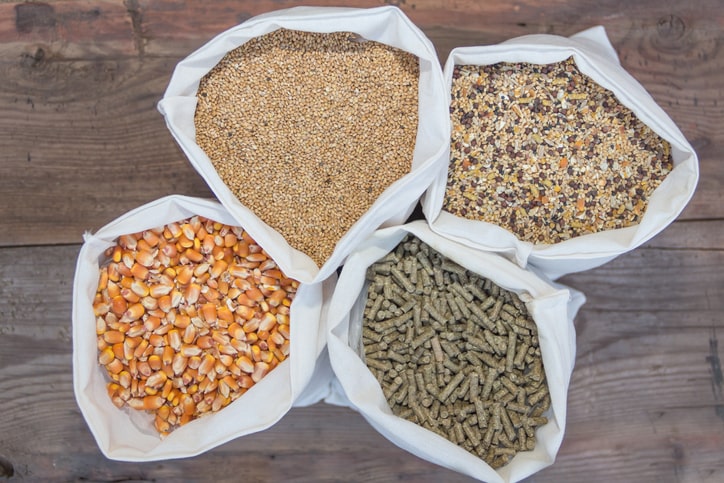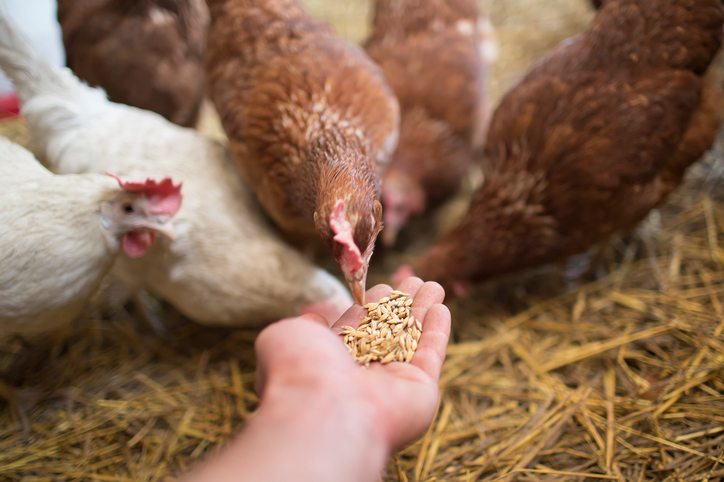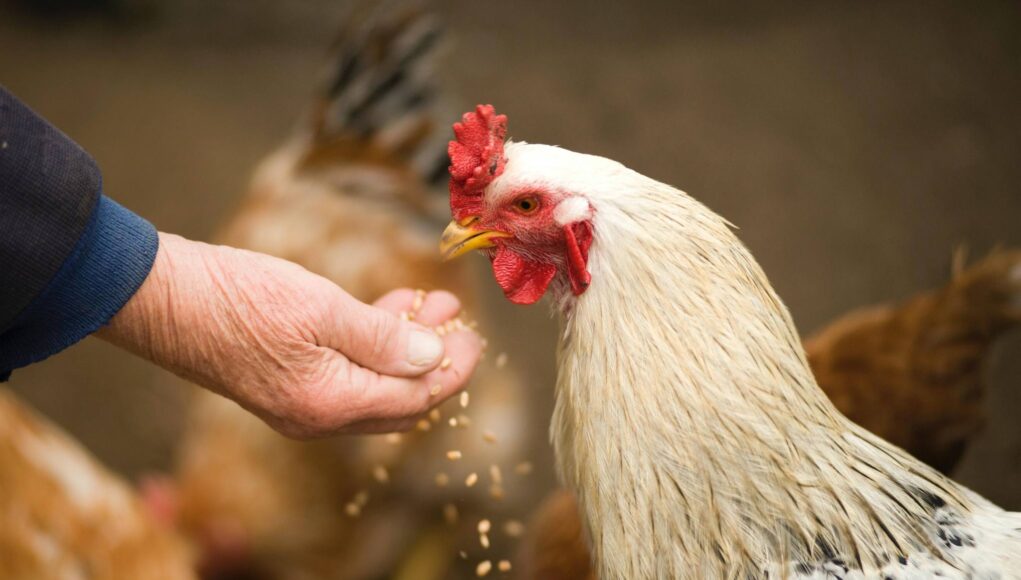Feeding your chickens the right amount of feed is crucial for their health, productivity, and well-being. In this article, we will dive deep into the specifics of how much feed per chicken is necessary, providing you with key insights and guidelines to ensure your flock thrives.

Understanding the Nutritional Needs of Chickens
Before determining the amount of feed your chickens need, it’s important to first understand their nutritional requirements. Chickens, like all animals, need a balance of proteins, carbohydrates, vitamins, and minerals.
Protein Requirements
Protein is essential for growth, egg production, and feather development. On average, laying hens require a diet that consists of about 16-18% protein. Young chicks and broilers may need a higher protein content of around 20-24% during their early growth stages.
Carbohydrate Needs
Carbohydrates provide the energy chickens need for their daily activities. Grains such as corn, wheat, and barley are common carbohydrate sources.
Vitamins and Minerals
Vitamins and minerals are vital for the overall health and productivity of chickens. This includes calcium for strong eggshells, vitamin D for calcium absorption, and vitamin A for immune function.

Factors Influencing Feed Consumption
The amount of feed a chicken consumes can vary based on several factors:
Age
Young chicks have different nutritional needs compared to adult chickens. They require higher protein content for growth, while adult chickens need a balanced diet for maintenance and egg production.
Breed
Different chicken breeds have varying feed consumption patterns. For instance, larger breeds may need more feed compared to smaller breeds. You can find more information about specific breeds here.
Activity Level
Chickens that are more active or free-range may require more feed compared to those that are confined to a coop.

Average Feed Consumption
On average, a laying hen will consume about 1/4 to 1/3 pound (approximately 113-150 grams) of feed per day. This can vary depending on the factors mentioned above.

Calculating Feed Needs
It’s helpful to calculate the weekly or monthly feed requirements for your flock. For example, if you have 10 laying hens:
- Daily feed requirement = 10 hens * 1/3 pound per hen = 3.3 pounds
- Weekly feed requirement = 3.3 pounds * 7 days = 23.1 pounds
- Monthly feed requirement = 23.1 pounds * 4 weeks = 92.4 pounds
Monitoring Feed Consumption
Regularly monitoring your chicken’s feed consumption helps in adjusting their diet as needed. Ensure the feed is always fresh and free from contaminants.
Considerations for Different Life Stages
Feeding Chicks
Chicks require starter feed with higher protein content for the first 6-8 weeks. They should have constant access to clean water and feed.
Feeding Pullets
Pullets, or young hens, transitioning from chick to adult should be given grower feed which has a balanced protein to support their growth.
Feeding Laying Hens
Laying hens require layer feed with sufficient calcium to support eggshell quality. Adding crushed oyster shells can provide extra calcium if needed.
Special Considerations
Winter Feeding
In winter, chickens may need more energy-dense food to maintain their body temperature. Increasing their carbohydrate intake can help.
Summer Feeding
In summer, ensure chickens have access to plenty of fresh water and adjust their feed to prevent overheating. Learn more about summer feeding tips here.
Common Feed Types
Starter Feed
High in protein, designed for chicks.
Grower Feed
Balanced feed for young chickens transitioning to adulthood.
Layer Feed
Formulated with extra calcium for laying hens.
Homemade vs. Commercial Feed
Deciding whether to make your own feed or purchase commercial feed depends on your resources and preferences. Each option has its pros and cons.
Homemade Feed
Allows for control over ingredients but may require more effort and knowledge.
Commercial Feed
Convenient and nutritionally balanced, but can be more expensive.
Feeding Schedule
Creating a consistent feeding schedule helps chickens develop a routine and ensures they get the necessary nutrients.
Supplements and Treats
While commercial feed usually provides all necessary nutrients, occasional supplements such as oyster shells for calcium or grit for digestion can be beneficial. Treats like fruits and vegetables can be offered in moderation.
Troubleshooting Feeding Issues
Overfeeding
Leads to obesity and associated health problems. Monitor the feed amount.
Underfeeding
Results in malnutrition and poor productivity. Ensure adequate feed supply.
Conclusion
Understanding how much feed per chicken is vital for raising a healthy flock. By considering factors such as age, breed, and activity level, you can tailor their diet to meet their specific needs. Regular monitoring and adjustments will help maintain optimal health and productivity.
Frequently Asked Questions
How often should I feed my chickens?
Chickens should have access to feed throughout the day. Replenish their feed daily and ensure they always have fresh water.
Can chickens eat kitchen scraps?
Yes, chickens can eat certain kitchen scraps, but it should not replace their balanced commercial feed. Offer scraps like fruits and vegetables in moderation.
How do I know if my chickens are getting enough feed?
Monitor their weight, behavior, and egg production. Healthy chickens will be active, have bright eyes, and consistently lay eggs.
As an Amazon Associate, I earn from qualifying purchases.









